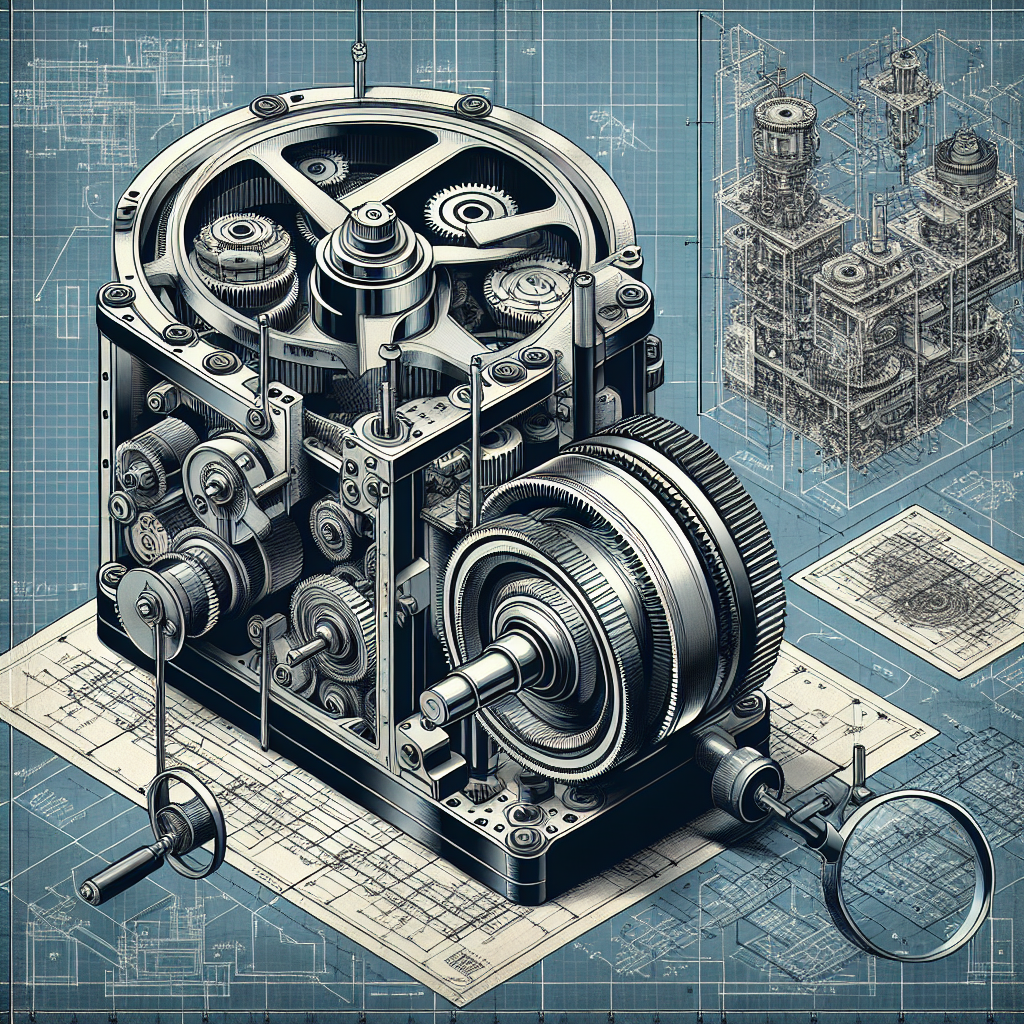Understanding the Basics of Actuators: What They Are and How They Work
Actuators are essential components in a wide range of mechanical systems, from simple household appliances to complex industrial machinery. Understanding how actuators work is crucial for anyone working with these systems, as they play a key role in controlling movement and positioning.
So, what exactly are actuators? In simple terms, actuators are devices that convert energy into motion. They are used to move or control a mechanism or system, typically by converting electrical, hydraulic, or pneumatic energy into mechanical motion. Actuators can be found in a variety of forms, including electric motors, hydraulic cylinders, and pneumatic pistons.
One common type of actuator is the electric motor. Electric motors convert electrical energy into rotational motion, which can be used to drive a variety of mechanical systems. Electric motors are widely used in everything from household appliances like washing machines and fans to industrial equipment like conveyor belts and pumps.
Hydraulic actuators, on the other hand, use hydraulic fluid to generate motion. Hydraulic actuators typically consist of a piston or cylinder that is moved by the pressure of the hydraulic fluid. These actuators are commonly used in heavy-duty applications where high force and precision are required, such as in construction equipment and aerospace systems.
Pneumatic actuators operate similarly to hydraulic actuators but use compressed air instead of hydraulic fluid. Pneumatic actuators are often used in applications where rapid movement and high-speed operation are required, such as in robotics and automation systems.
Regardless of the type of actuator, the basic principle behind their operation remains the same. When energy is applied to the actuator, it generates motion that can be used to control the position or movement of a mechanical system. Actuators can be controlled manually, through the use of switches or levers, or automatically, using sensors and electronic control systems.
In conclusion, actuators are essential components in a wide range of mechanical systems, playing a crucial role in controlling movement and positioning. By understanding the basics of how actuators work, you can better design and operate mechanical systems that rely on these devices. Whether you are working with household appliances or industrial machinery, a solid understanding of actuators is essential for ensuring the smooth and efficient operation of your systems.


